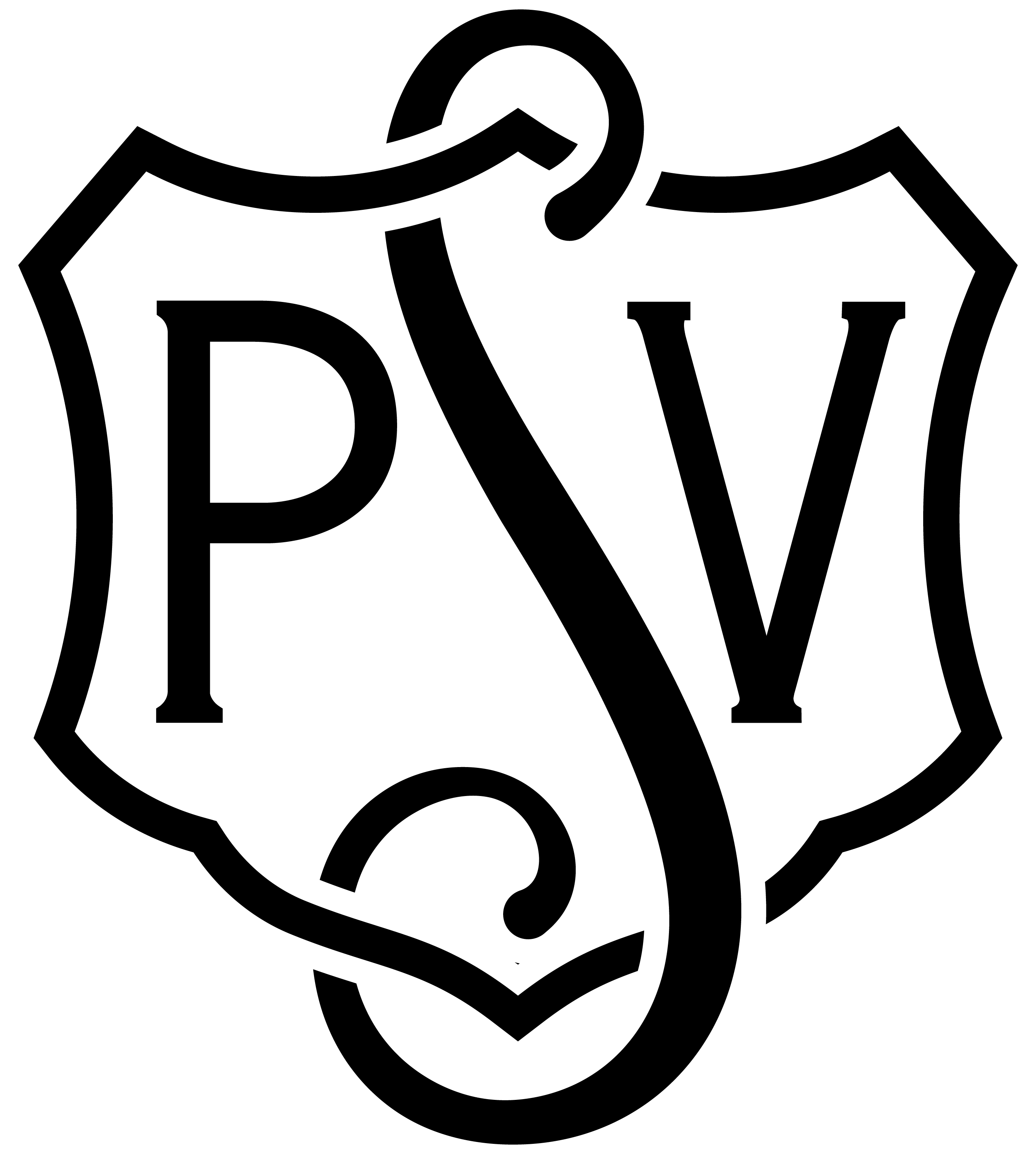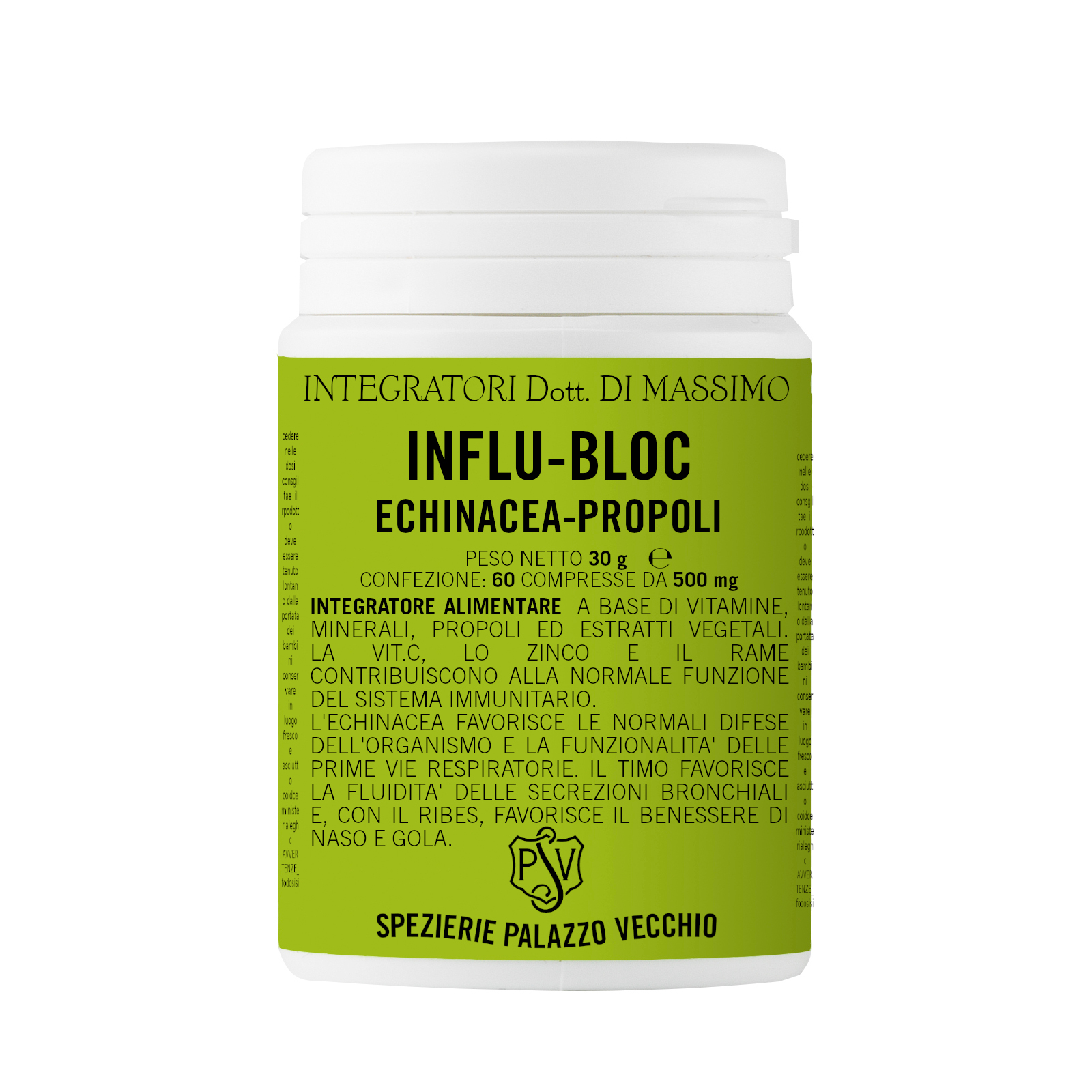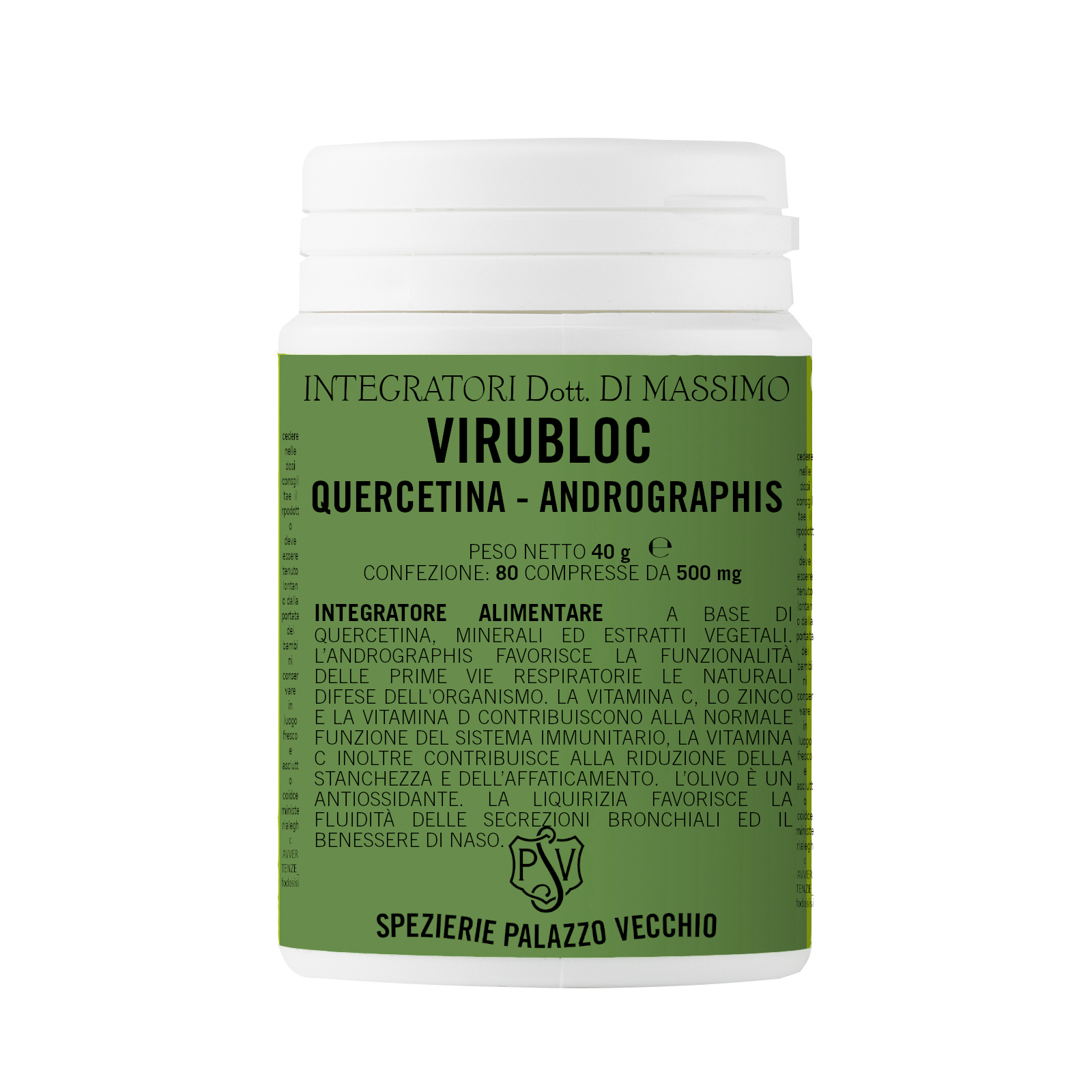Vitamins and minerals
VITAMINS AND MINERALS

MINERALS are essential substances for the correct development of tissues and organs, for the production of energy starting from fats and carbohydrates and for maintaining the hydrosaline balance, which in turn is fundamental for muscle contraction, nervous system function and maintaining cellular tone and vitality.
Those present in our body in greater quantities (for this reason defined as “macroelements“) are calcium, phosphorus, magnesium, sodium, potassium, chlorine and sulfur.
Iron, copper, zinc, fluorine, iodine, selenium, chromium, cobalt, manganese, silicon, nickel and vanadium are, on the other hand, called “microelements” (or trace elements) since they are present in the organism only in traces, being in any case indispensable for the correct performance of innumerable fundamental biochemical functions and reactions.
Calcium, for example, is a fundamental and irreplaceable component of the skeleton and teeth, it plays a key role in muscle contraction and nervous transmission.
Sodium and chlorine are involved in the digestive process.
Sodium and potassium also regulate arterial pressure: the former increasing it, the latter reducing it.
Zinc and selenium are essential to ensure the efficiency of antioxidant reactions that detoxify the body from free radicals and other reactive oxygen species
Fluorine is essential for tooth enamel formation and helps to combat tooth decay, while iodine is essential for proper thyroid function.
Iron, on the other hand, is the key component of hemoglobin, on which the transport and exchange of oxygen and carbon dioxide between the lungs and tissues depend: in fact, without iron, human and animal respiration would not be possible.
For prevention and control of: DISBIOSIS– ANXIETY AND STRESS DISORDER– PHYSICAL AND MENTAL FATIGUE– SEXUAL DYSFUNCTION– MUSCLE TEARS AND TONE– WEAK IMMUNE SYSTEM– VIRAL INFECTION DISORDERS
Showing all 7 results
-
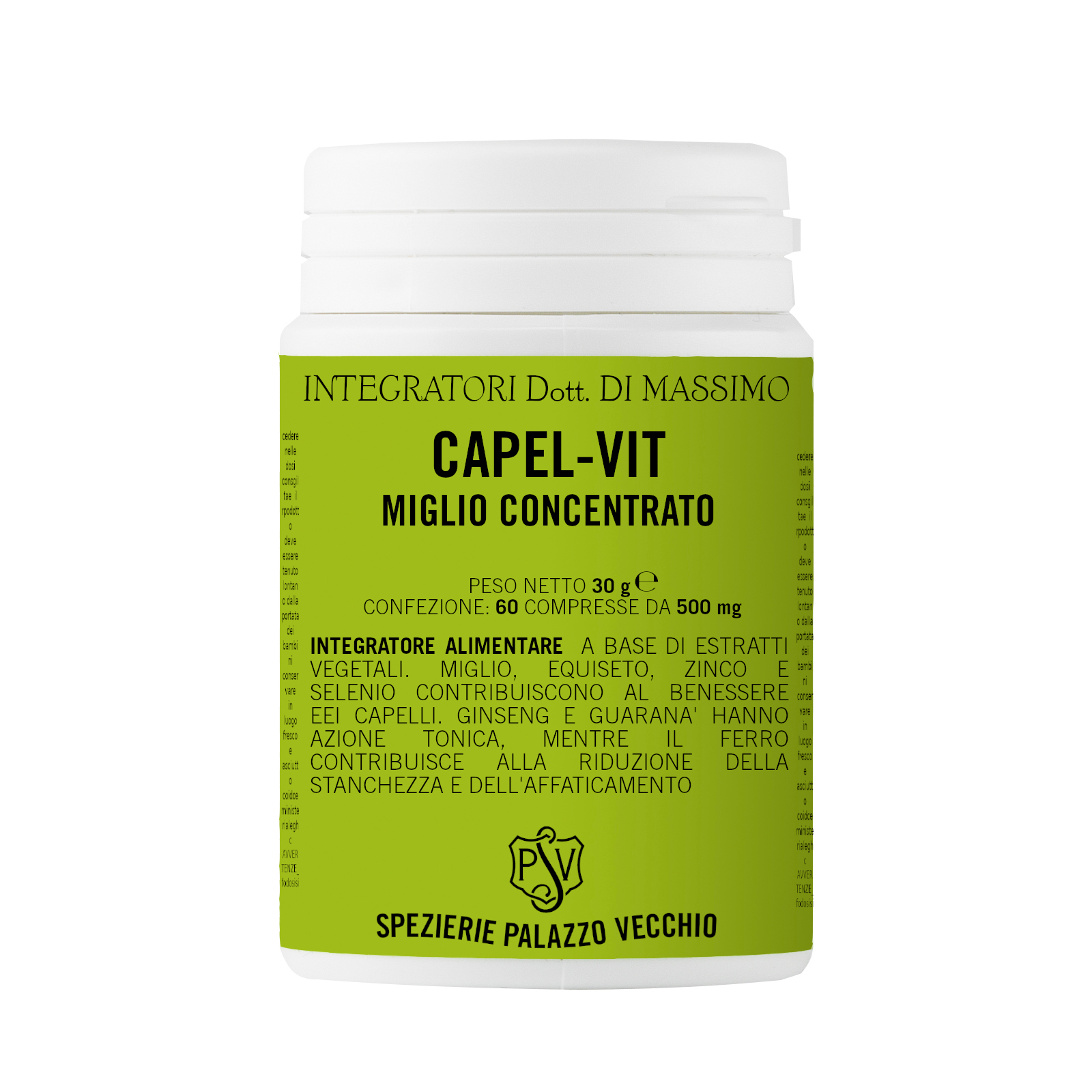
CAPEL VIT Miglio concentrato
€32.00 Nutritional Supplements Food supplement based on plant extracts of: Millet, Gingseng, Soja, ...Add to cart -
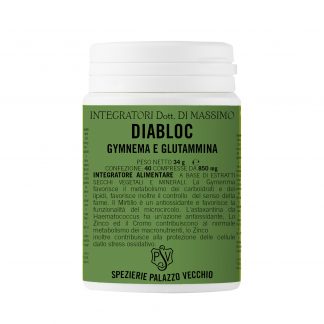
DIABLOC GYMNEMA GLUTAMMINA
€26.00 Nutritional Supplements Gymenma promotes the metabolism of carbohydrates and lipids, and als...Add to cart -
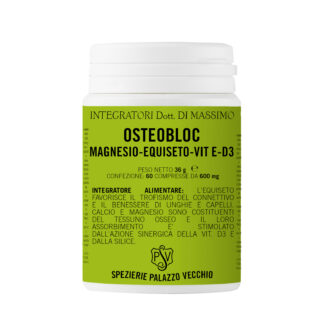
OSTEOBLOC: MAGNESIO-EQUISETO-VIT E – D3
€26.00 Nutritional Supplements Food supplement with vitamins D3, E, and with Magnesium, Calcium and...Add to cart -
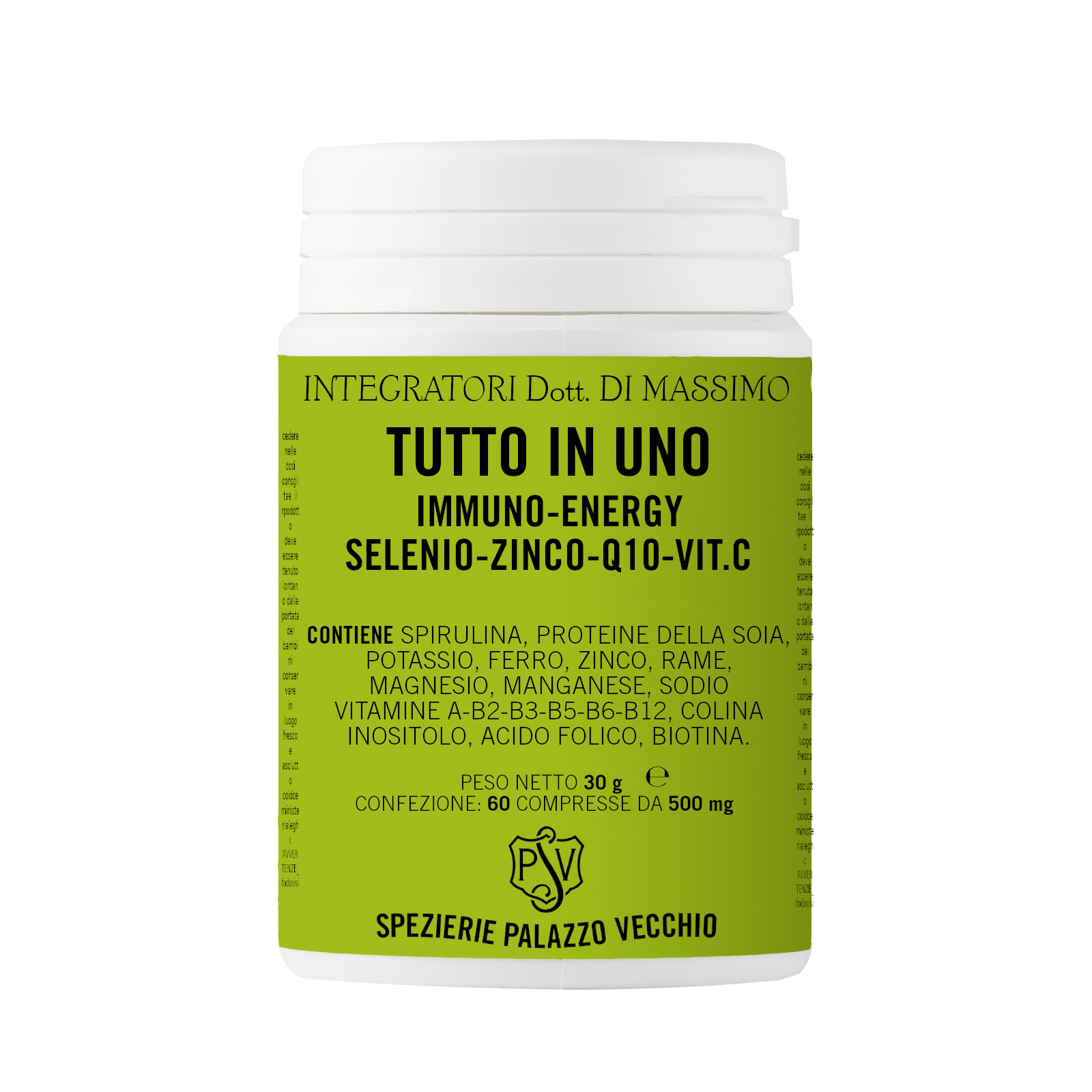
TUTTO IN UNO
€26.00 Nutritional Supplements VITAMINS, MINERALS, PROTEINS, COENZIMA Q10. Very effective food supp...Add to cart -
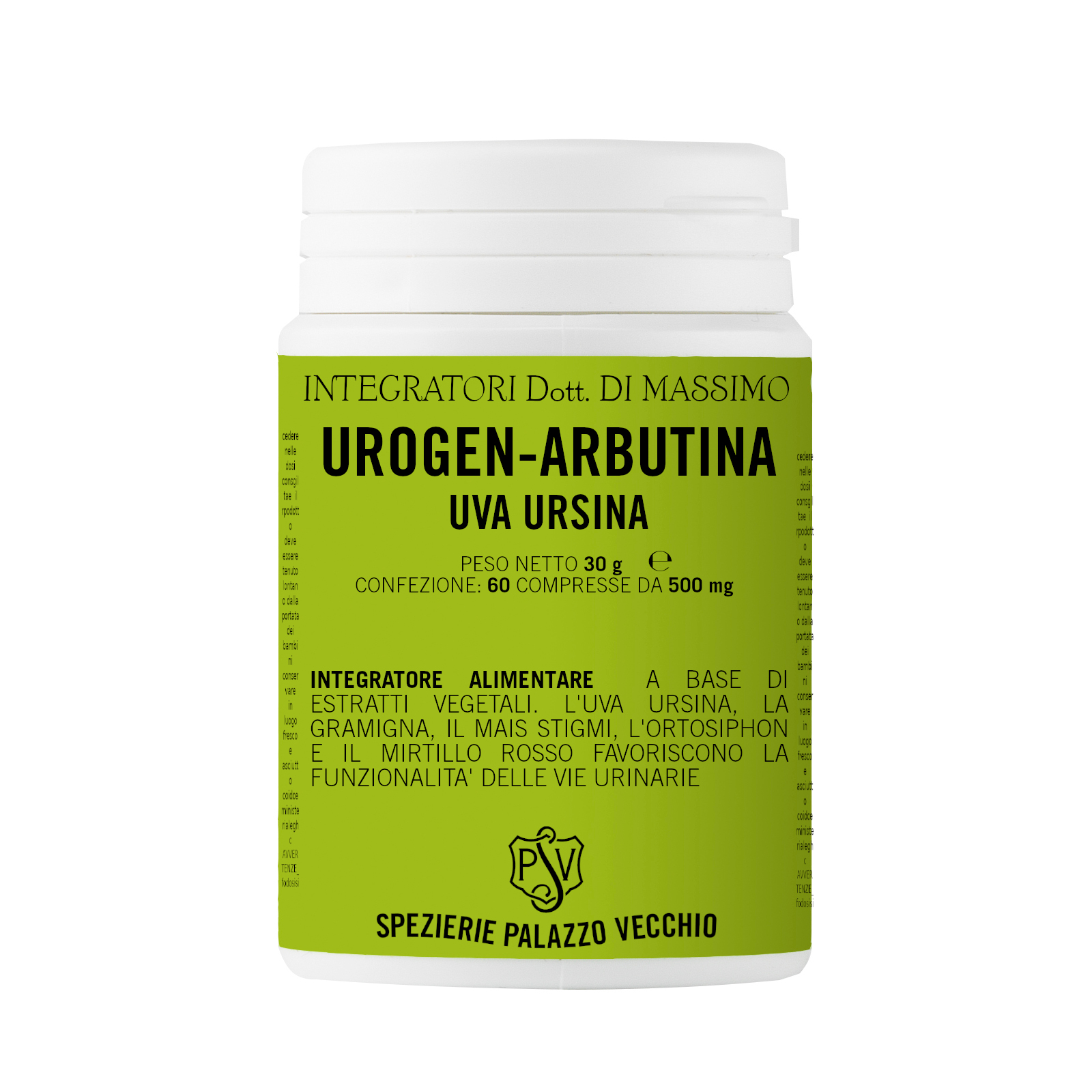
UROGEN-ARBUTINA Uva ursina
€26.00 Nutritional SupplementsFood supplement based on plant extracts of Bearberry, Gramigna, Corn sti...Add to cart
Showing all 7 results

